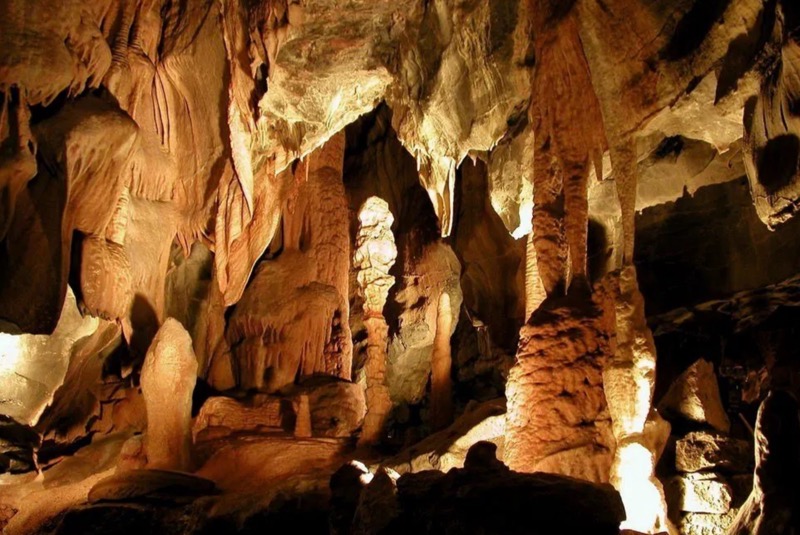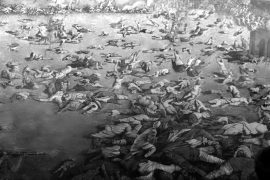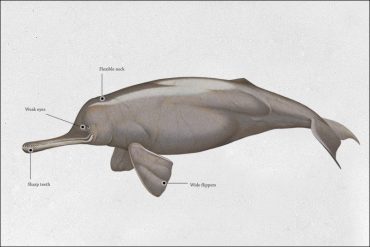If you get lost inside, you may never be able to find your way out.
In 28 years, a group of speleologists found over 1,650 caves in Meghalaya. Brian D. Kharpran, a retired banker, spoke to the BBC in 2018 about the newly found Krem Puri, the longest sandstone cave in the world, three times Mount Everest’s height.
Krem Puri was discovered in 2016, but it was not until 2018 that a team from the Meghalaya Adventurers’ Association (MAA) headed by 71-year-old Kharpran investigated the complicated network of passageways and corridors within. In 2002, Kharpran, a Tenzing Norgay National Adventure Award laureate, discovered many caves in Meghalaya’s hilly terrain.
The world’s longest sandstone cave is amid the secret hotspots of Northeast India. Krem Puri, which means ‘fairy cave’ in the native Khasi language, is located near the hamlet of Laitsohum in the Mawsynram region of East Khasi Hills. It is situated at an altitude of 4,025 feet (1227 metres) above sea level, overlooking a steep valley that opens at the foot of a tall cliff.
Establishing a world record at 24,583 metres (24.5 kilometres) and covering an area of 13 square kilometres – two times Gibraltar – in Mawsynramwhich, Krem Puri is almost six kilometres longer than Imawari Yeuta in Venezuela (18.7 kilometres), previous record-setting long quartzite sandstone cave.
The caverns of Meghalaya have started to draw explorers from around the globe. The hills are home to the 31.1 km-long Liat Prah limestone cave system, the longest general cave system in the country. Krem Puri has purportedly been rated the second-longest cave in India in the general category.
What distinguishes Krem Puri is its sandstone formation. Caves are often created due to the breakdown of limestone from the acidic rainwater. Sandstone caves are uncommon due to the limited solubility of the rock. As a result, they need a large quantity of water to dissolve and erode to form subsurface cavities. Krem Puri is a unique phenomenon resulting from high amounts of rainfall. Meghalaya experiences chart-topping in the world.
Regardless of the weather outside, the temperature inside Krem Puri is always comfortable 16-17 degrees Celsius. There is never a lack of oxygen since air always comes in via microscopic gaps, fractures, and two entrances. However, Mr Khapran warns us to remain wary when inside any cave. There is always the possibility of being trapped.
To explore Krem Puri, one must don caving suits, hard caps, and headlamps and make way through this claustrophobic hole in the rock wall. You must crawl on your tummy, hands, and knees into the darkness of a ‘tight crawl.’
Surveying the cave has been a challenge in itself due to its complexity. Speleologists have mapped the cave using the unique names for routes, pits, ledges, and massive boulders throughout their subterranean explorations.
A massive grey rock that resembles a shark and seems to float in the canyon is called the Great White Shark. The Suicide Ledge Canyon is a series of brittle sandstone ledges that make walking significantly difficult. A passage where the surveyors take a break and eat lunch is called the Sleepy Lunch. One of the group members snuck in a quick nap during their journey.
Krem Puri is an exceedingly complicated labyrinth comprising hundreds of small tunnels and lengthy corridors in a large network. The design of the maze is highly unusual, making the cave a confusing maze. It has several beautiful rock formations.
The cave is filled with rich fauna like frogs, fish, massive spiders, and bats. Palaeontologists have also discovered dinosaur remains, including the 66-76 million-year-old Mosasaurus, a huge aquatic predatory reptile. Scientists also found unique fossils, such as shark teeth trapped in rocks.
Krem Puri and other caves of Meghalaya help geologists understand the climate and fauna of the region over time. Caves are time capsules that retain knowledge about the past in a stable, subterranean environment, according to Simon Brook, the manager of the Caving in the Abode of Clouds Expedition, which investigates caverns in Meghalaya. Brooks refers to them as ‘archives of the surface’ since they maintain records of events on the planet’s surface through ages of ice cover, volcanic eruptions, and floods.
During the rainy season, most caves in Meghalaya get flooded. They are in no way suitable for human habitation. Scientists think Krem Puri was exceedingly improbable to have been a place for a living since the nomadic troglodytes favoured spacious cave openings or rock shelters. However, evidence shows that some caves have been used as military shelters, hunting camps, and burial places.
Caves are one of the numerous intriguing discoveries made in the topography of Meghalaya. Many of them are massive and carry large rivers. The deepest cave is 317m, measured by the distance from the cave’s highest point to its lowest. The deepest vertical drop cavers may abseil down is 97 metres. The calcite formations in numerous caves in the area are beautiful and rival those found elsewhere across the globe. If you want to visit Krem Puri, the best time is May to September. The mild weather throughout these months aids the adventures in the wettest state of the world.
-30-
Copyright©Madras Courier, All Rights Reserved. You may share using our article tools. Please don't cut articles from madrascourier.com and redistribute by email, post to the web, mobile phone or social media.Please send in your feed back and comments to [email protected]











